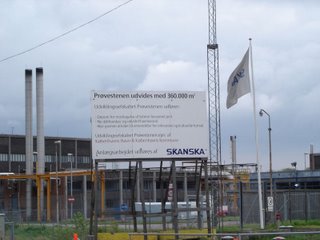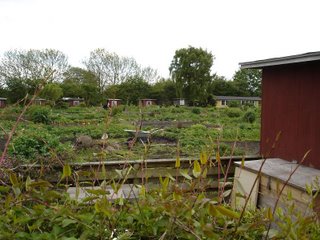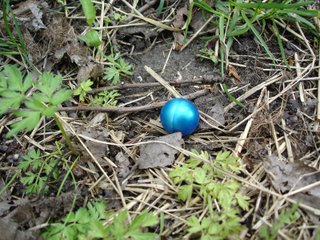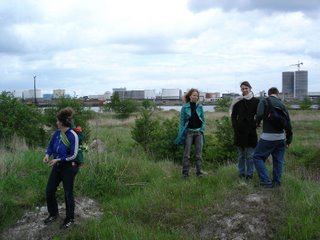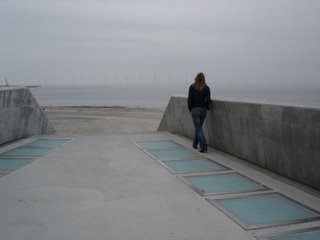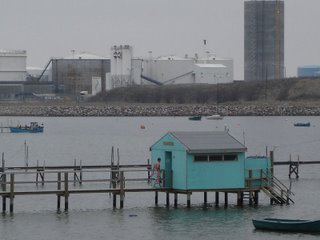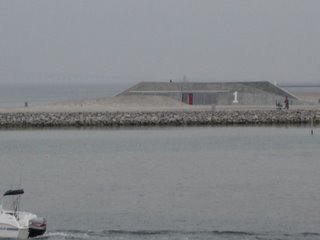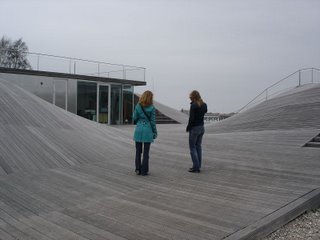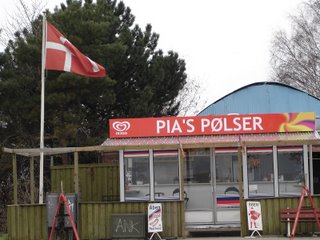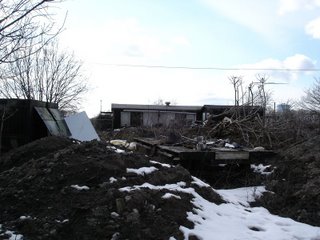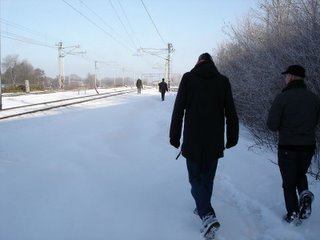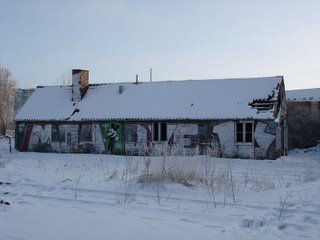The walk is organised together with Netværk for social og politisk kunst i offentlige rum [Network for Social and Political Art in Public Space].

Vestamager is the end station on the metro line, and in the tradition for planning urban development with infrastructure the district will be densely built up in years to come. We saw the mobile organic gardens, where 99 lots can be rented for 200 kroner a year each. Every year the soil is harrowed, and the gardens are redistributed and can then be moved in step with the development of Ørestad.
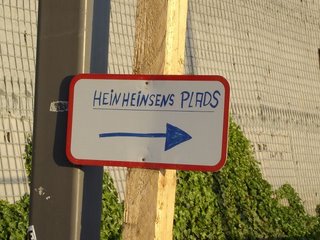
We continued to "Hein Heinsen’s Square", a sculpture that the Danish Arts Foundation’s Committee for Visual Arts has funded together with two other sculptures in Ørestad, all created by elderly Danish men.
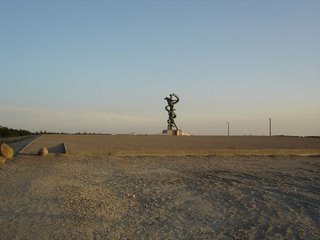
The sculpture stands where the town ends and establishes a radical difference. In as much as it also resembles something that has been dropped out of the sky, it adds a new dimension to the concept of drop sculpture.
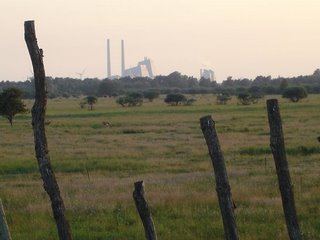
The Common is still one of the most unique free areas in Copenhagen. However, the Avedøre Power Station puts things in perspective and ensures that one does not feel brought back to the Golden Age of Danish painting.

The meeting between different kinds of housing, the natural surroundings and the city is one of Amager’s greatest qualities.
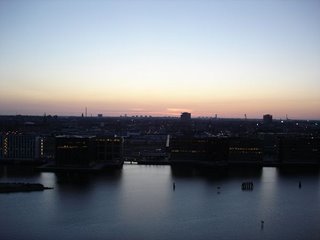
We ended on the roof of a silo by the waterfront, which has now been converted into apartments, one of the few places from which one has a view over the city.
Walked by:
Karen Lisbeth Kristoffersen and Hanne Lindstrøm from Netværk for social og politisk kunst i offentlige rum, Rikke Luther, Alec Due and Nis Rømer

